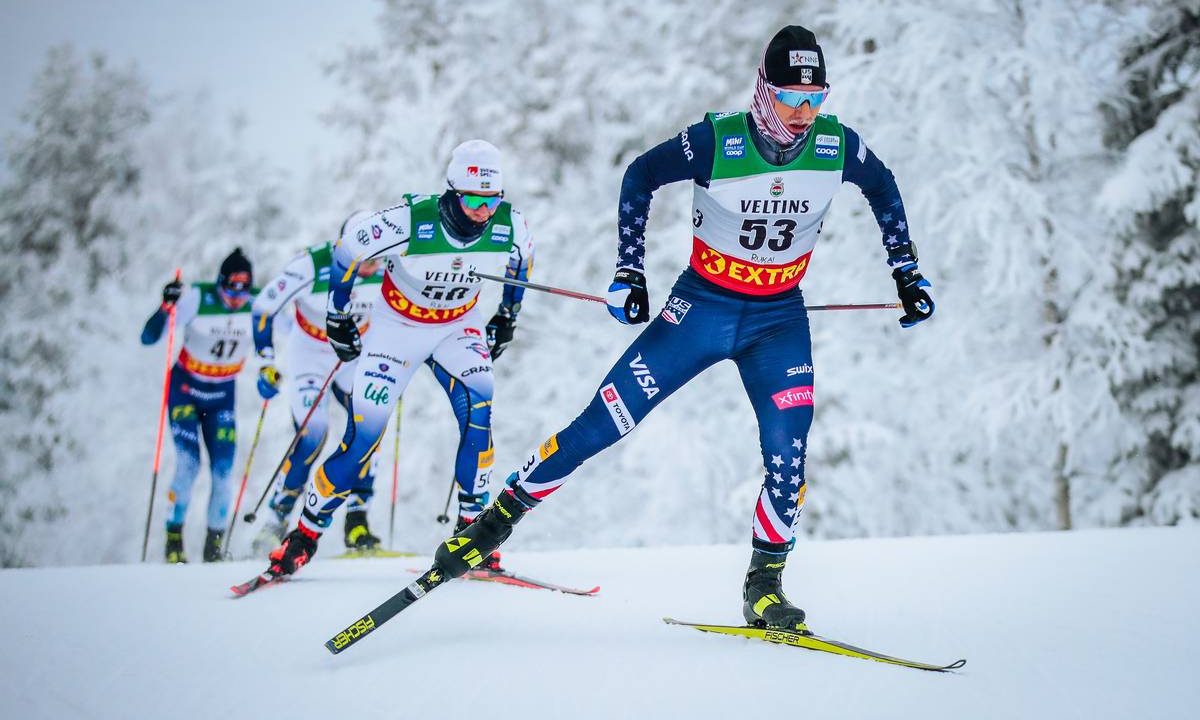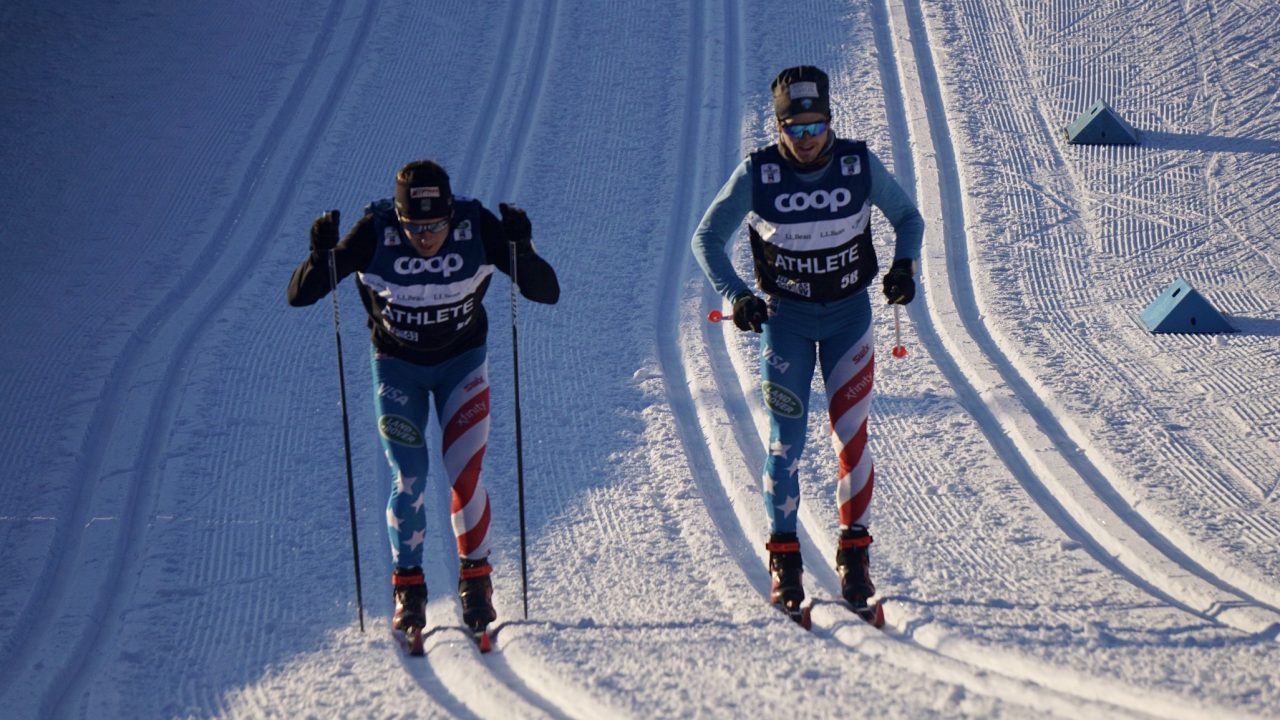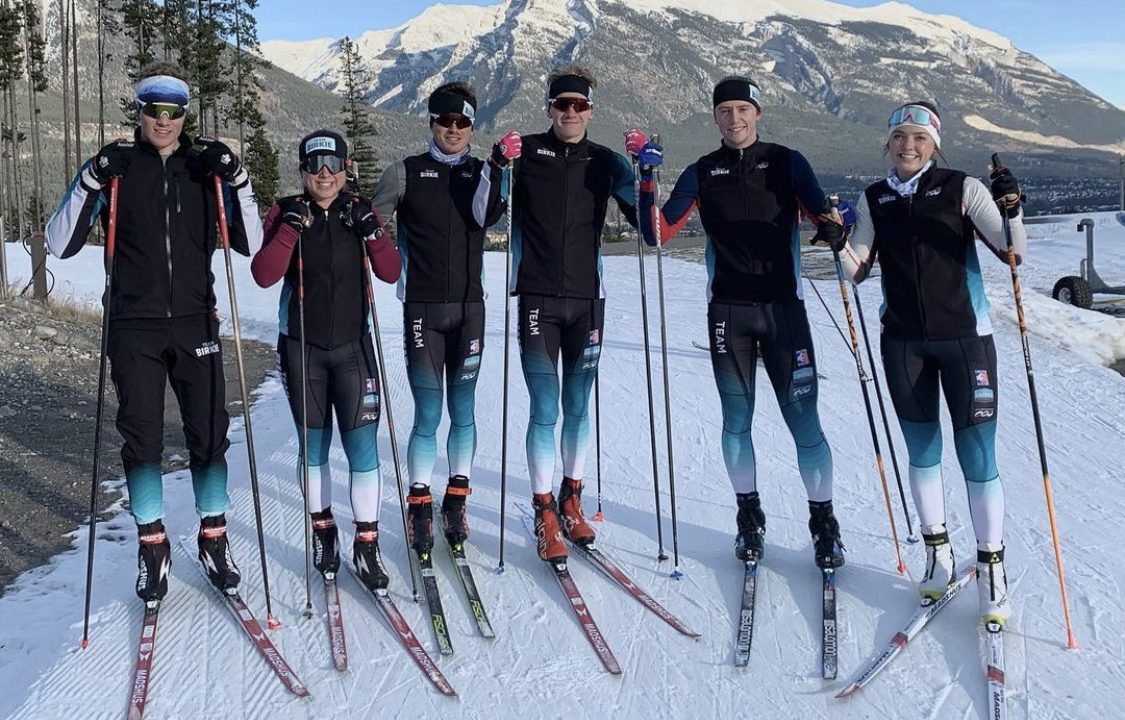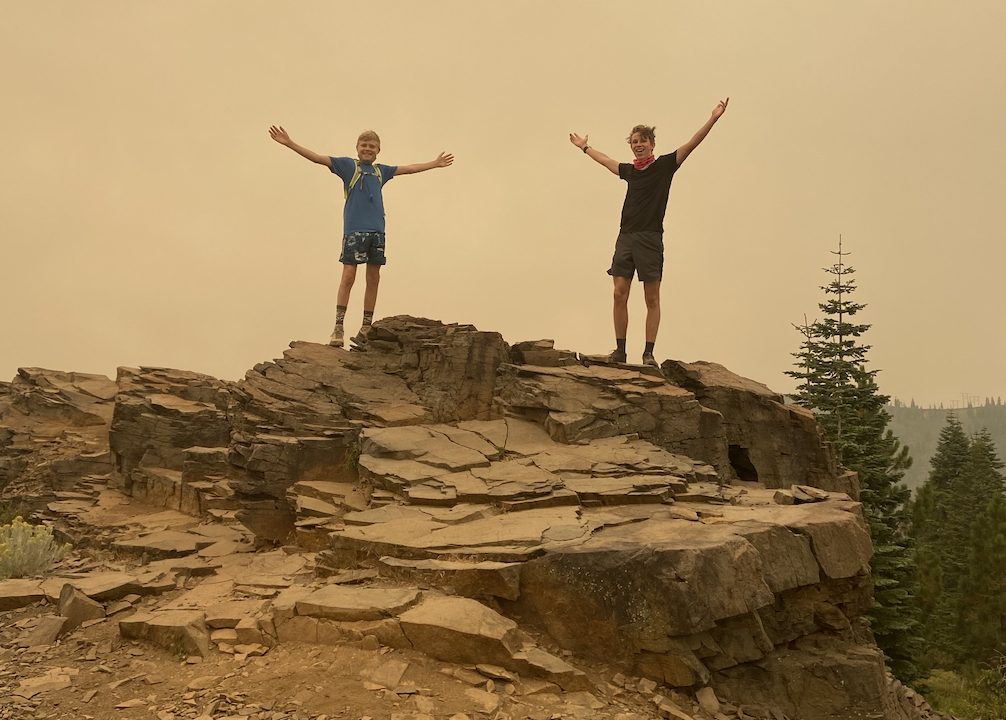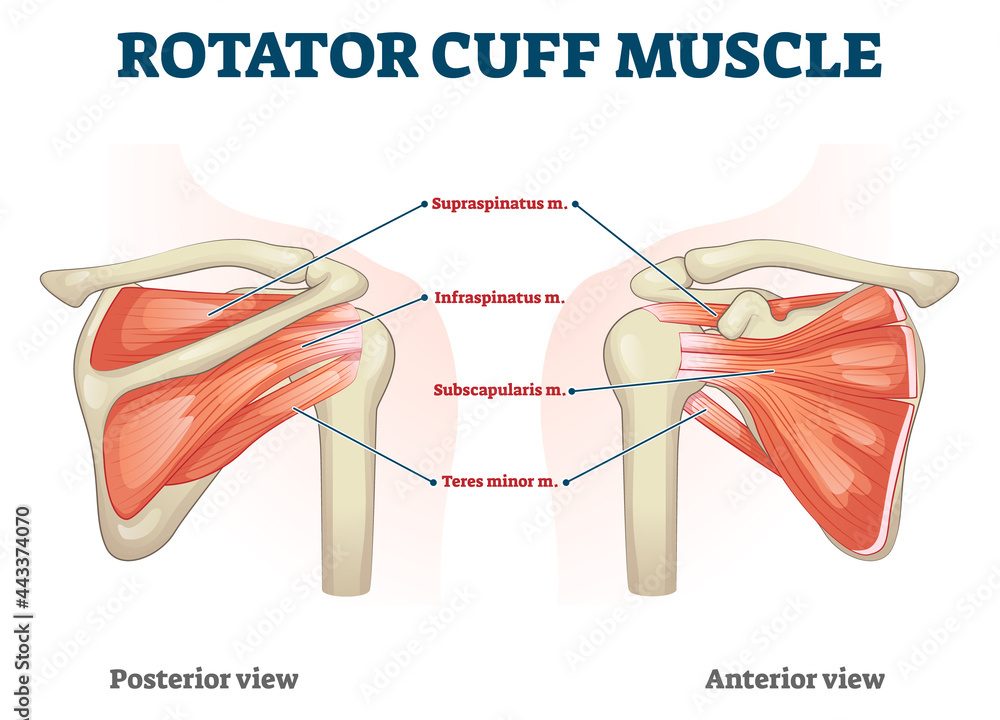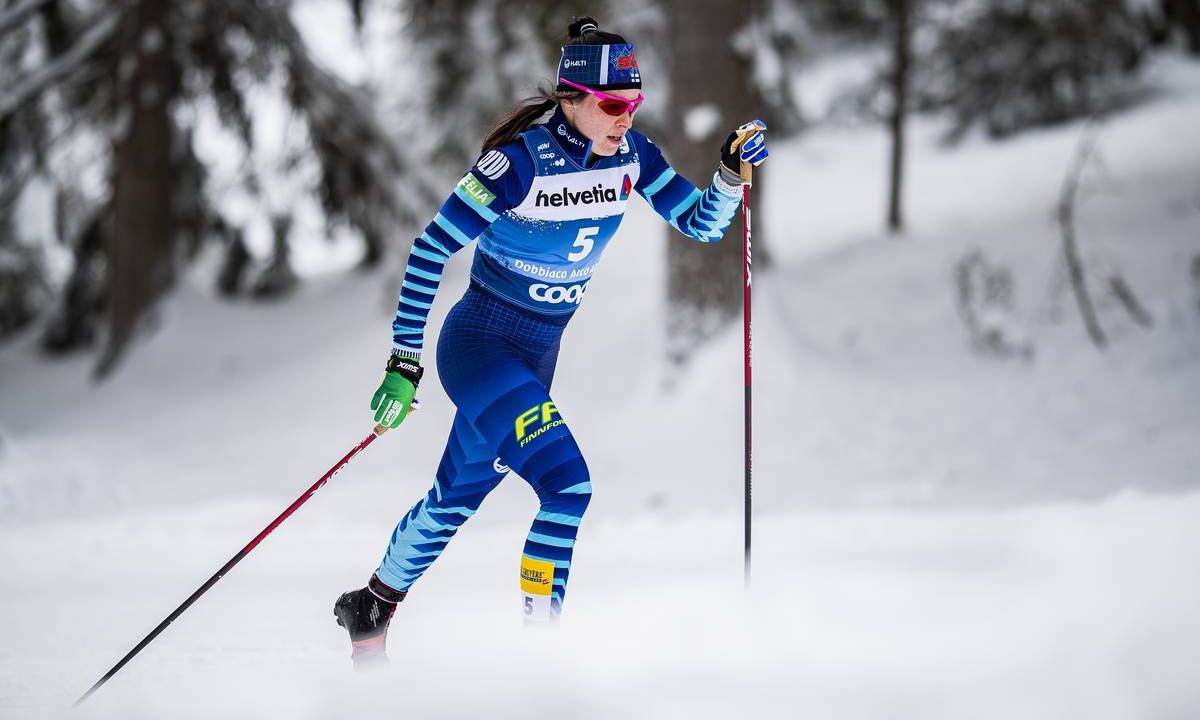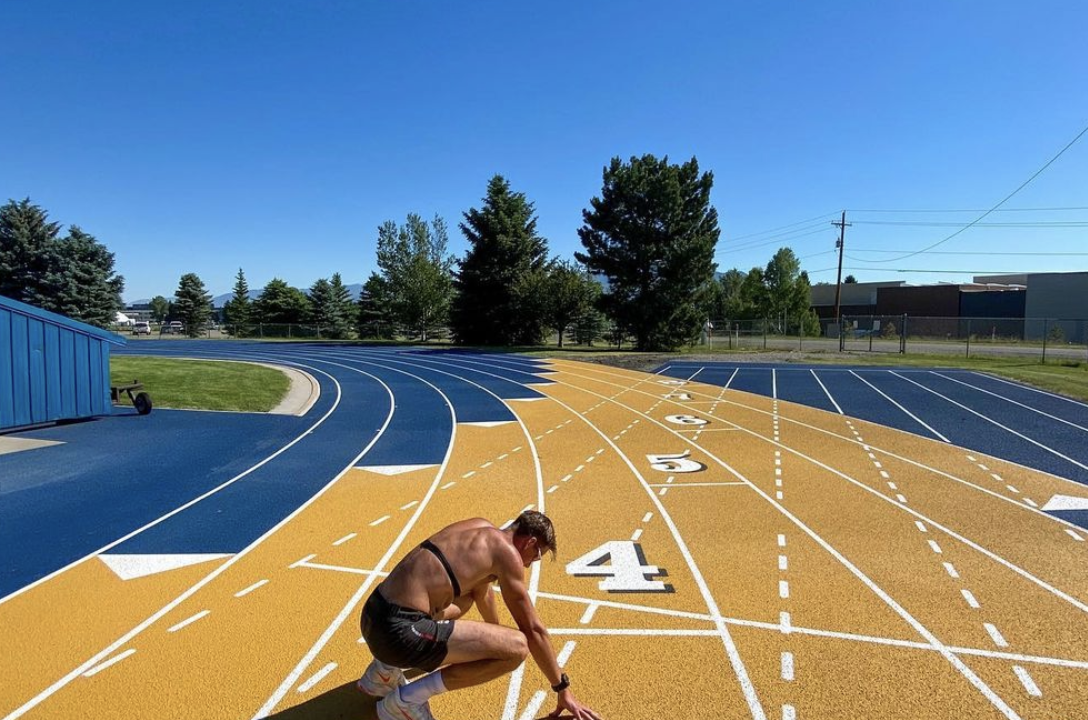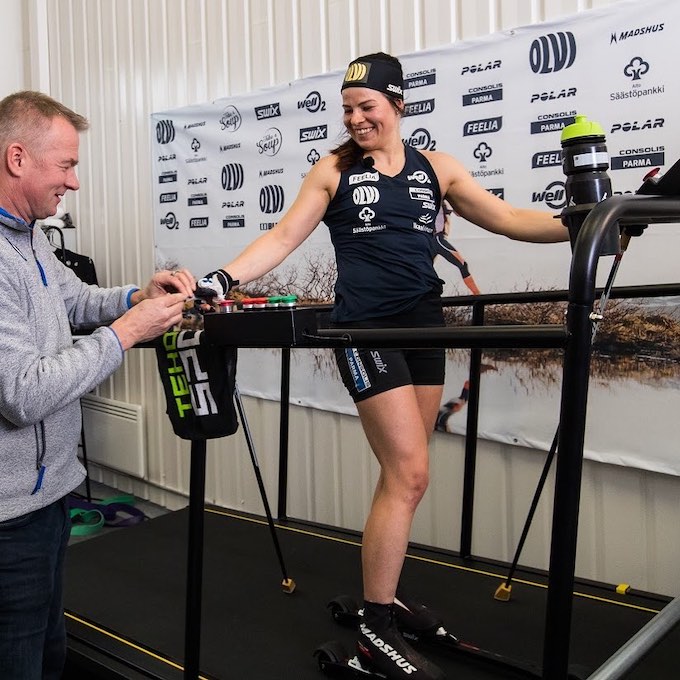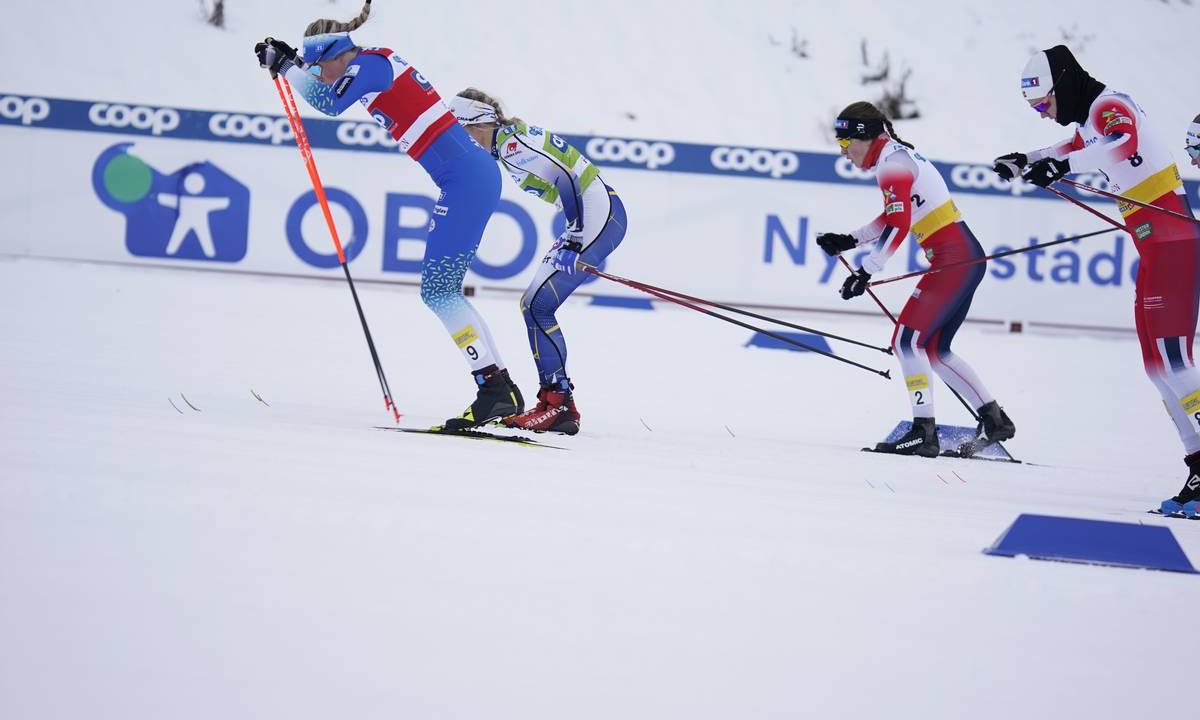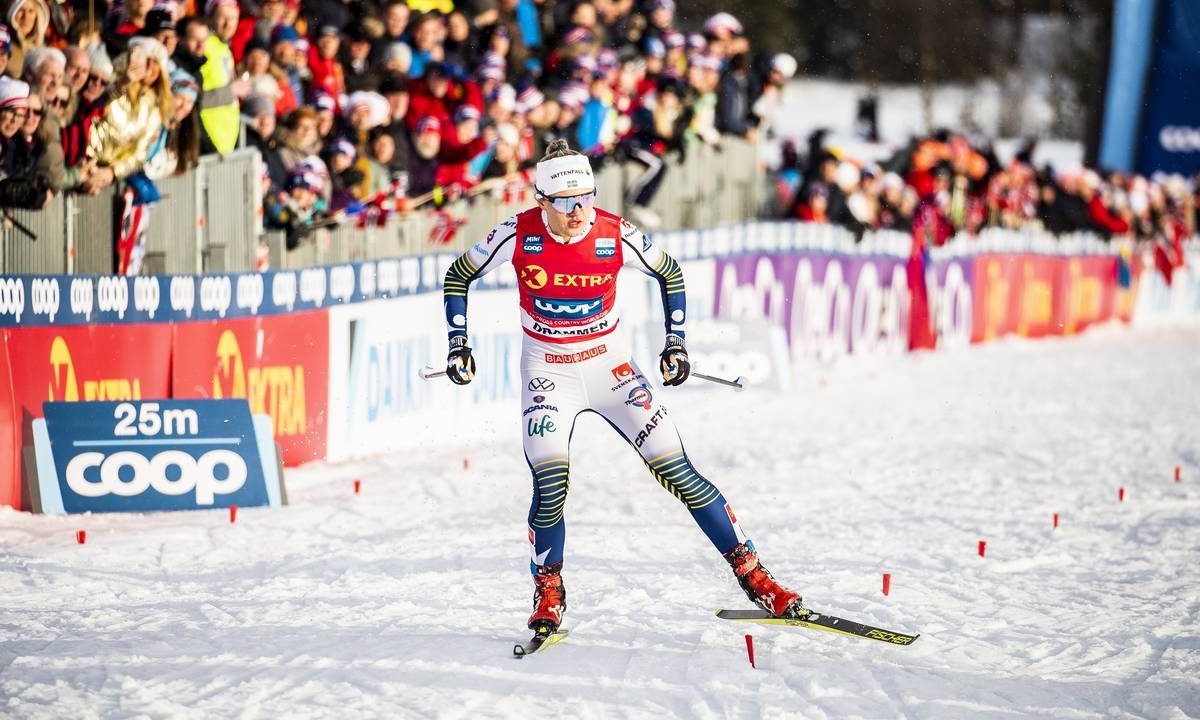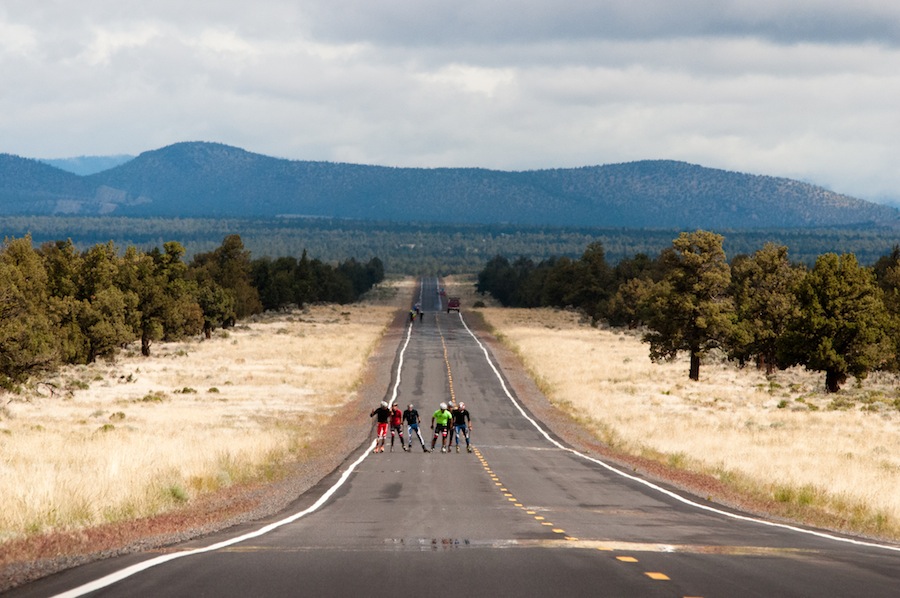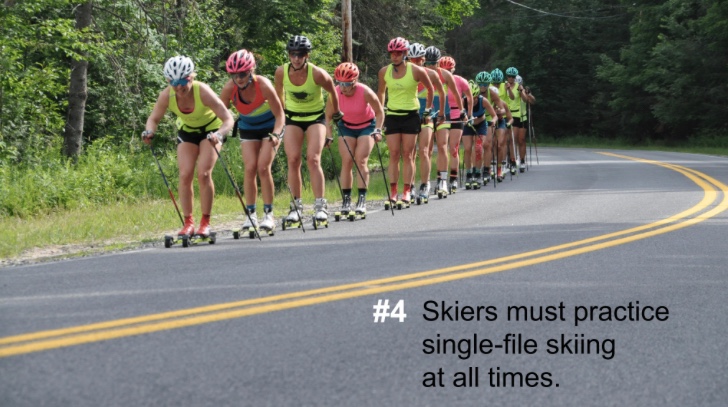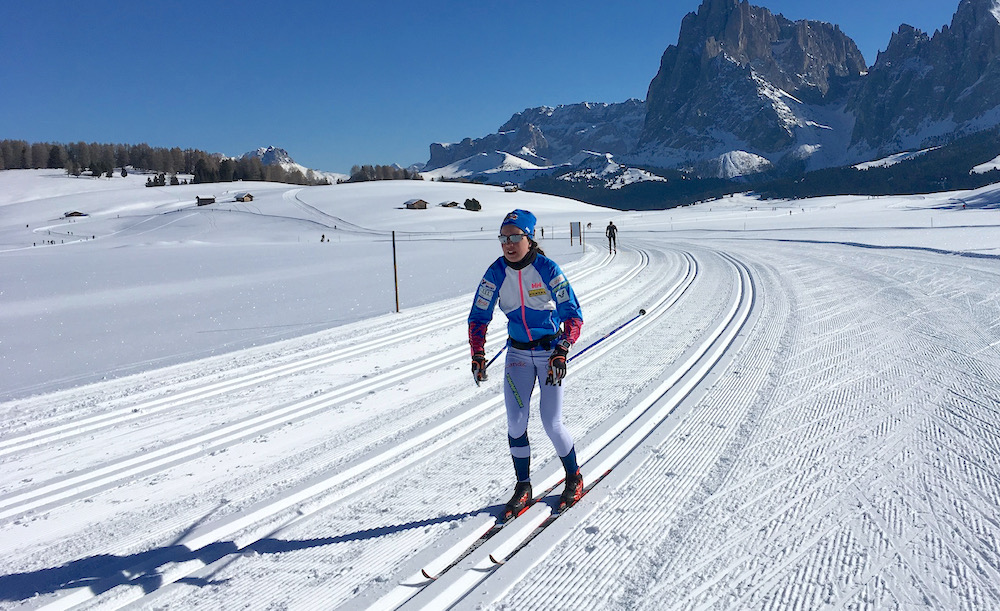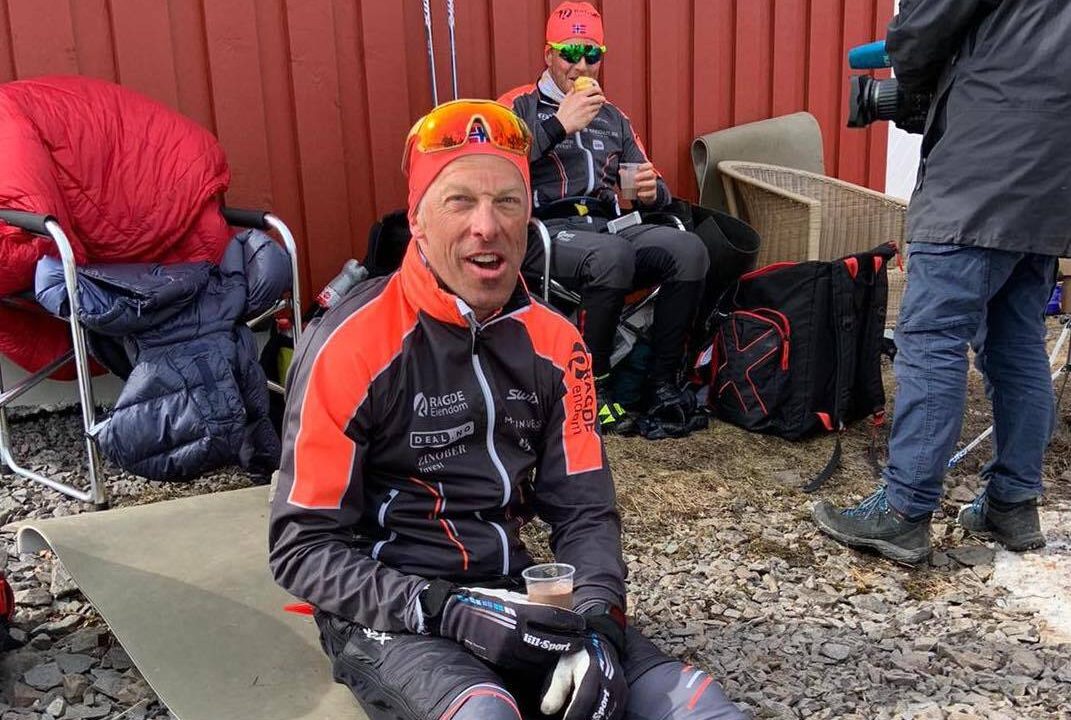Ask the PT: Managing Achilles tendon soreness, which is aggravated by skating
We’re excited to share our first edition of the “Ask the PT” series, where Ned Dowling does his best to support our readers in staying healthy and strong to get the most out of the ski season, and beyond. To submit a question, email: askthept@fasterskier.com. *** Hi Ned, I have been dealing with bilateral Achilles tendon soreness (midsubstance, several cm proximal to insertion) since an over-zealous hill bounding session in October. When ski season arrived...

